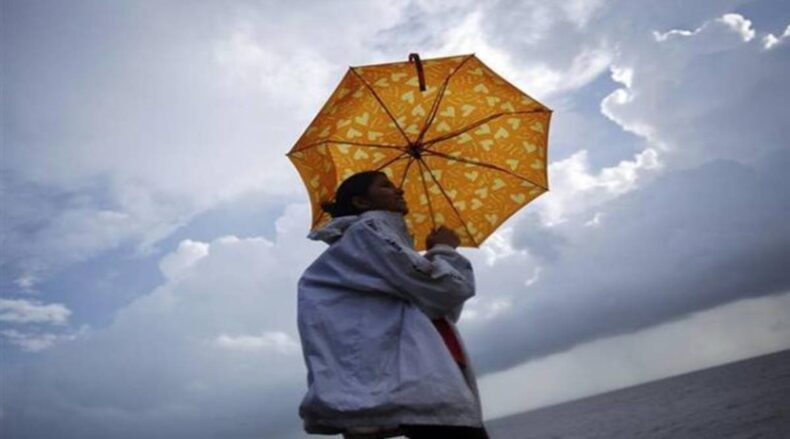In India, the overall monsoon rains in June were 8% below average and 16% above average in July.

Source: Bing images
India Meteorological Department has announced that India will receive normal rainfall in 2022.
The average amount of precipitation in August and September will be received in India, which indicates an overall better crop yield in an economy that is highly dependent on agricultural and allied activities to boost growth, development, and employment generation.
India Meteorological Department has defined average rainfall between 96% and 104% in a 50-year average of 89 cm i.e. 34 inches. This is the prediction for four months beginning from June.
However, Mrutyunjay Mahapatra, the director general of the state-run IMD, confirmed that many paddy states will receive below-average rainfall which may cause a hurdle in rice productivity.
India stands as the largest exporter of rice in the world which forms a staple diet for Asia. This crop in particular needs large amounts of precipitation, therefore a below-average rainfall might affect the crop’s yield adversely.
India’s dominance over the rice markets
To maintain India’s dominance over the rice markets globally, an adequate output is necessary, but uneven rainfall over a long period might perturb the amount necessary.
The top rice-producing states of India are, Bihar, Uttar Pradesh, West Bengal, and Jharkhand, of which some have received a below-average rainfall with a deficit of 48%, due to which paddy agriculture has witnessed a cut by 13% for this season.
Low rainfall has adverse effects on the paddy yield which is a high risk for farmers as well as traders.
More than 85% of the nation’s yearly yield has been recorded, which saw a leap to 129.66 million tonnes of crop in June 2022. The monsoons are a vital aspect of agricultural yield due to the lack of irrigation for many small and marginal farmers.
The precipitation accounts for 75% of India’s annual rainfall, a deficit that has heavy repercussions on both the government and the common man.
Explaining the monsoon season of 2022, Mahapatra said, “Rainfall is gradually becoming deficient over these regions.” He also added that India had received 45% below-average precipitation in the first two months, which is the lowest in 122 years.
This has had some positive impact on the economy, as the Unemployment Rate has slumped in comparison to what it was in January.













